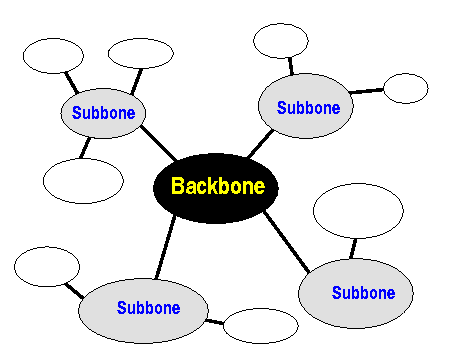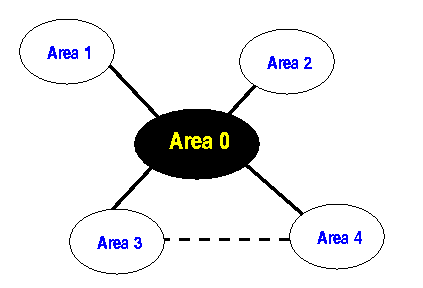E6998-02 Homework 4
Out: 29 October 2002
Due: 14 November 2002 at 3am EDT. You have more than two weeks. Start tonight,
ask questions if you have problems.
The purpose of this homework is to test your understanding of OPSF and BGP.
You answers should be short and concise; don't write a dissertation!
-
Part I: Review of OSPF
-
Answer these questions very briefly (0-2 lines). Their main
purpose is to help you review the material.
-
When are two routers considered OSPF neighbors?
-
When are two routers said to have formed an adjacency?
-
What is the Link State Database (LSDB)?
-
What is the LSDB Synchronization Phase?
-
Why does database synchronization happen at all, instead of
going directly to sending and receiving LSAs?
-
Why are OSPF packets sent to a multicast address on
point-to-point links, instead of the unicast address of the
router on the other side of the link?
-
Why do we have separate Type 3 (Network summary) and Type 4
(ASBR summary) LSAs? Why not simply advertise the address of
an ASBR with a Type 3 LSA, giving a mask of 255.255.255.255?
-
Can a router be both a Designated Router and a Backup
Designated Router? (Hint: this is a trick question).
-
What is a partitioned area?
-
Can a Not So Stubby Area (NSSA) become partitioned?
-
Part II: Understanding the OSPF Architecture
-
OSPF has a two-level hierarchy; the backbone Area (Area 0), and
all the other areas that connect to the backbone.
-
Can you extend the protocol to have a three-level hierarchy, where
areas connect to sub-backbones which connect to the backbone,
like this:

-
Would you need additional LSA types to implement this 3-level
hierarchy? If so, describe them briefly and give a couple of examples.
-
Would it be a good idea to do so?
-
If a 3-level hierarchy, why not an arbitrary-level hierarchy?
(Hint: what is the degenerate case?)
-
Why are links between areas that bypass the backbone not allowed?

-
Would you need (a) new LSA type(s) to make these shortcut
links possible?
-
Would this be a good idea?
Submit the homework via email to ji+hw4@cs.columbia.edu. Do not send anything other than plain ascii text of a .pdf file. Do not send to any other address, or your submission will be ignored.
$Id: $

